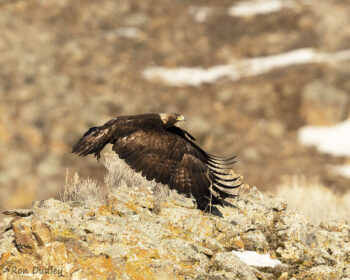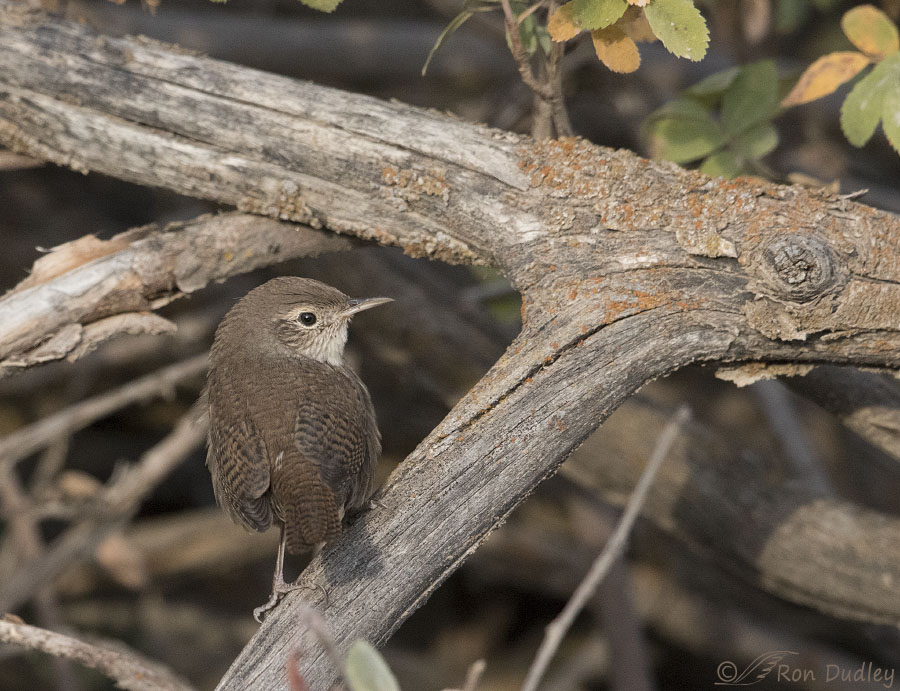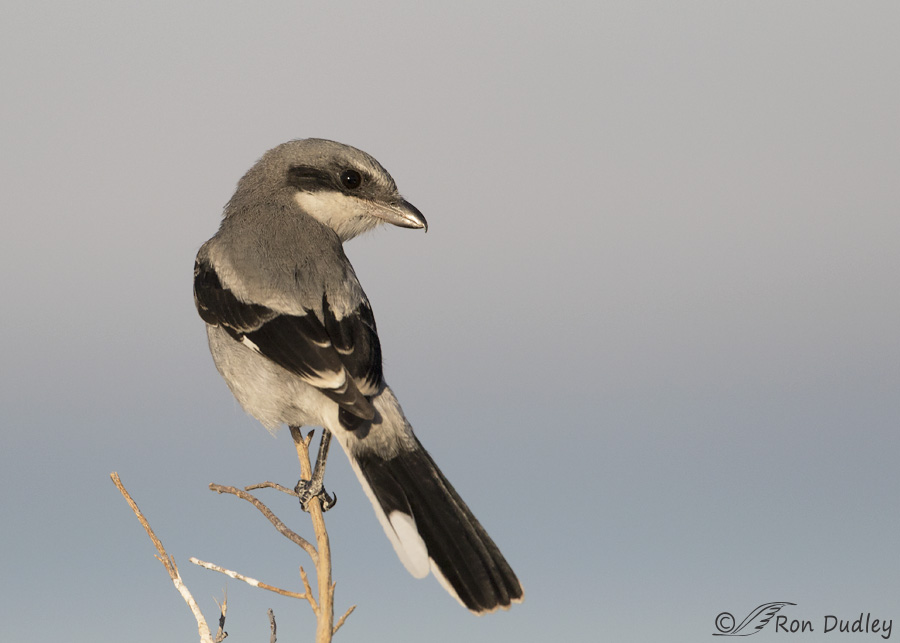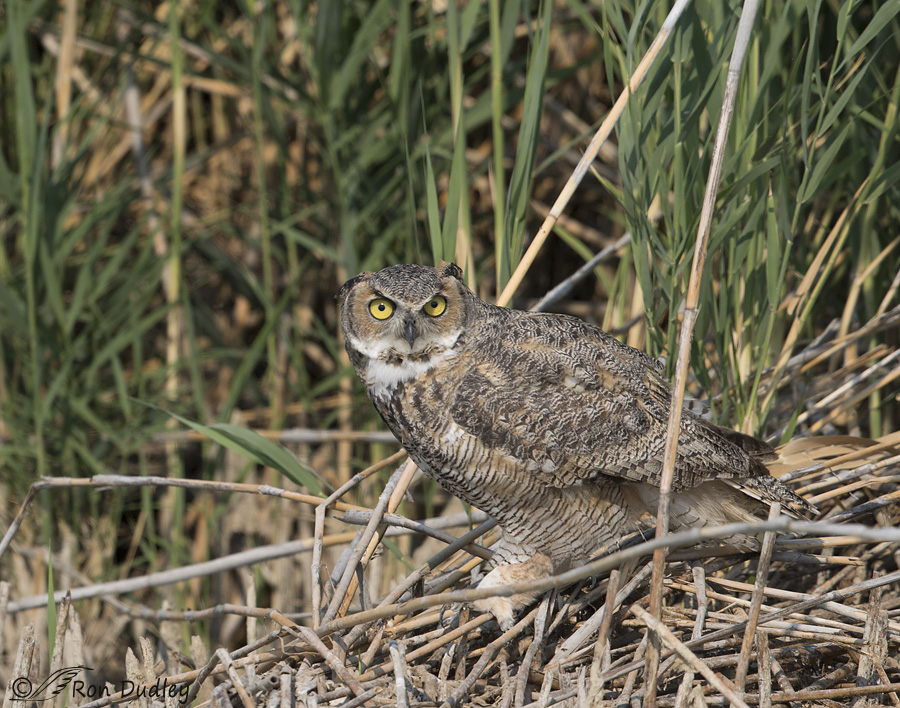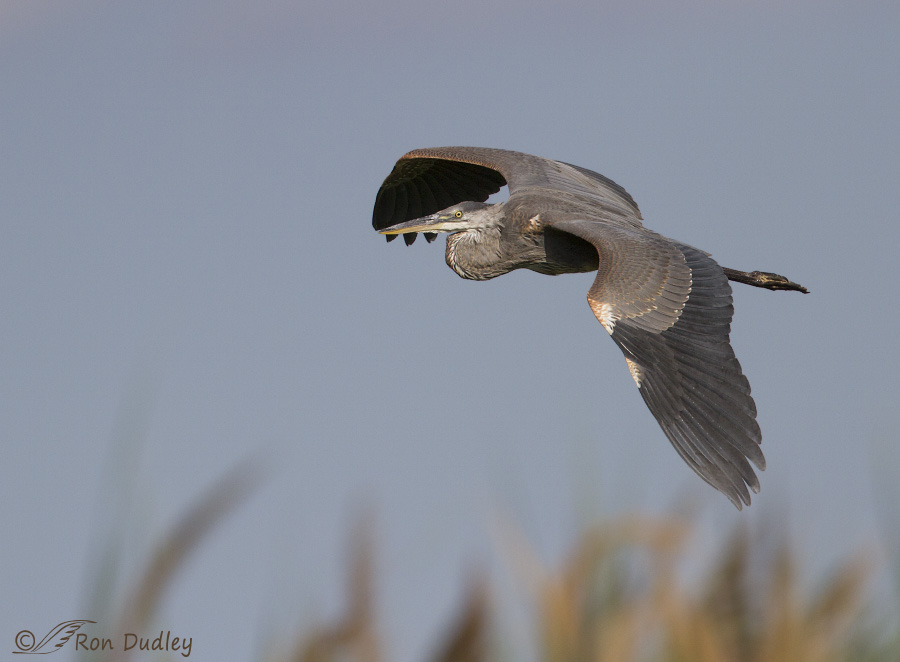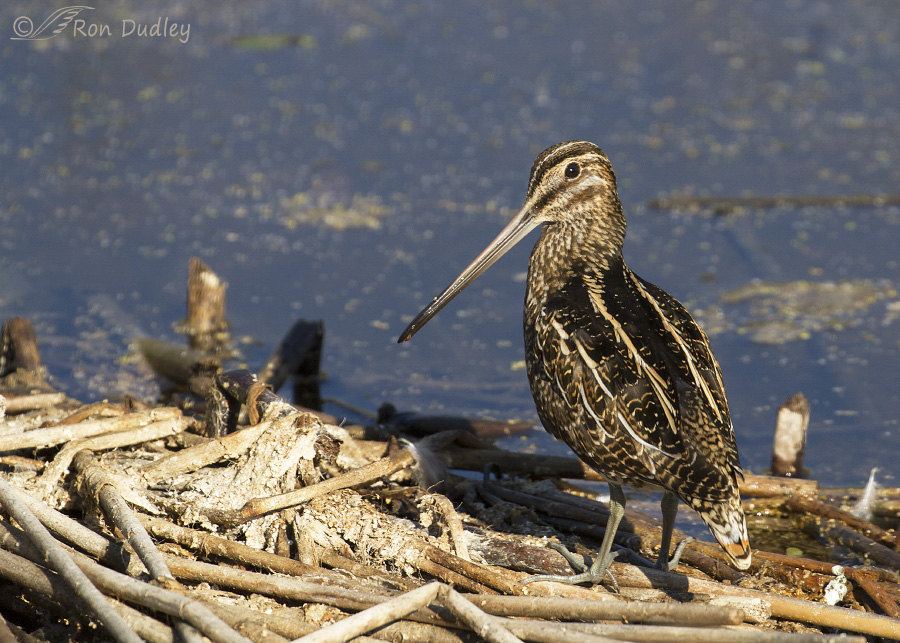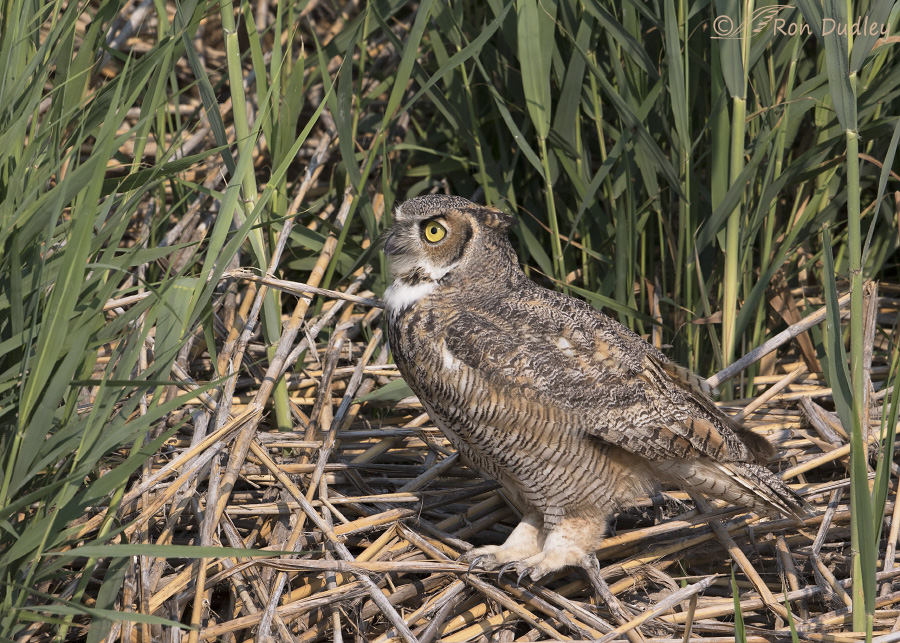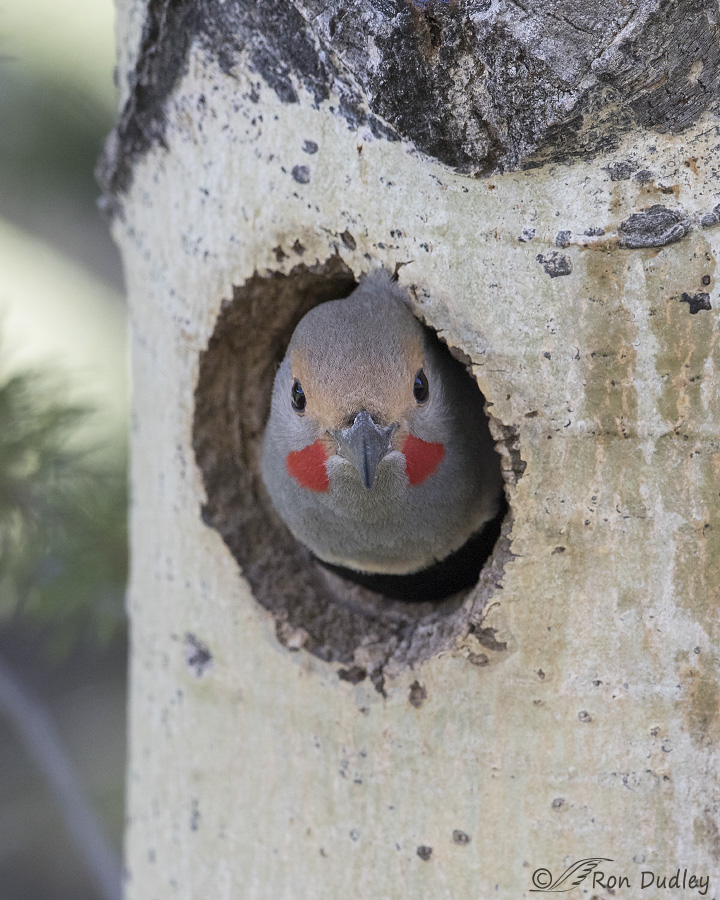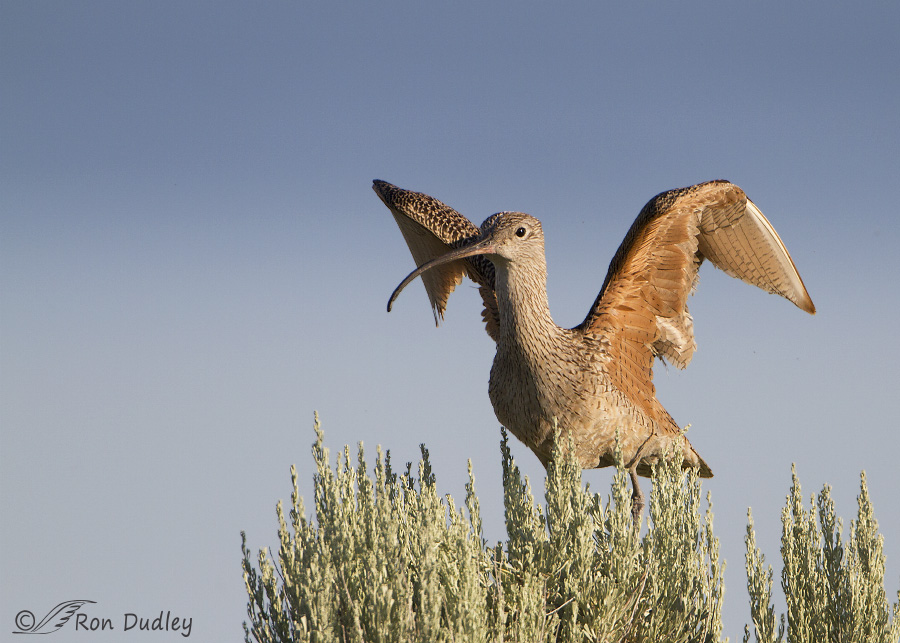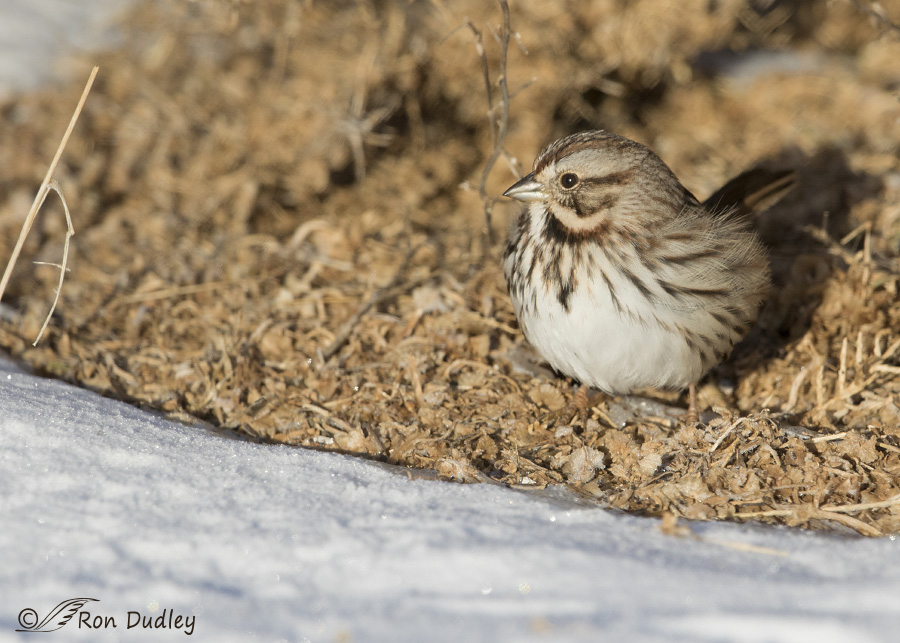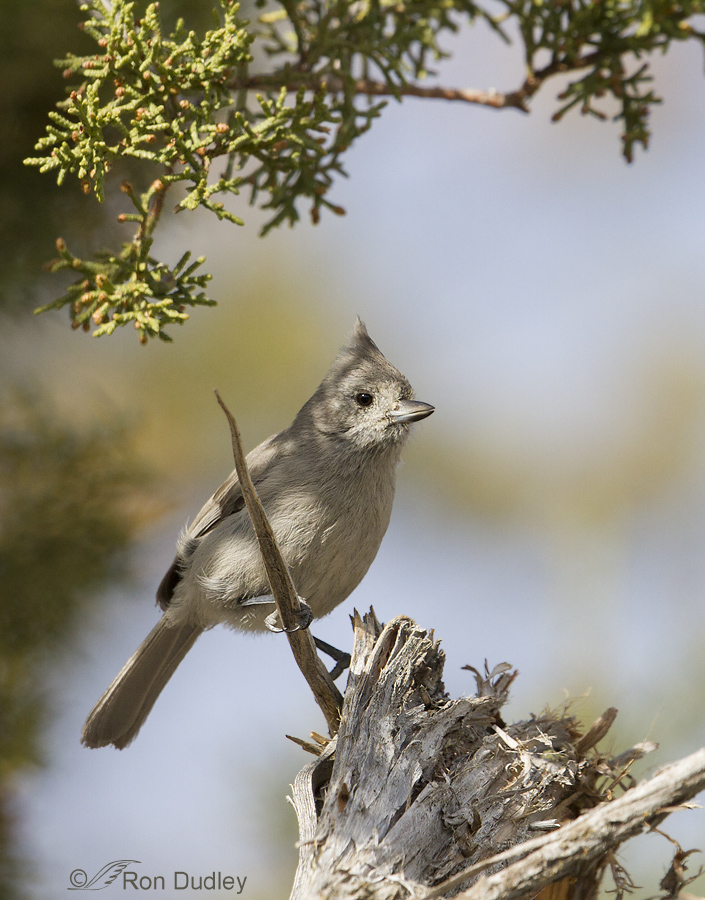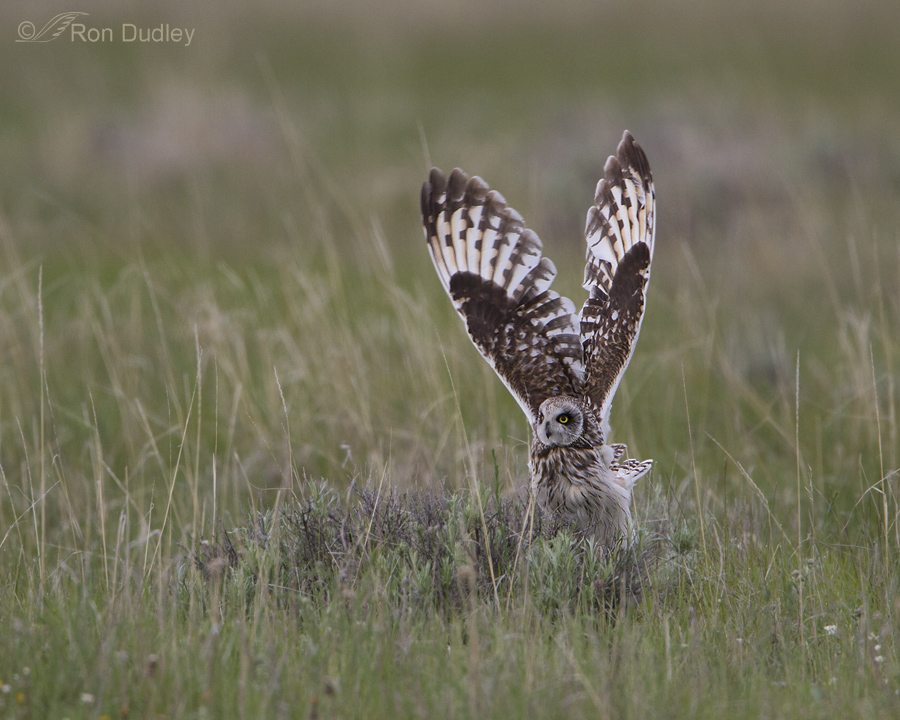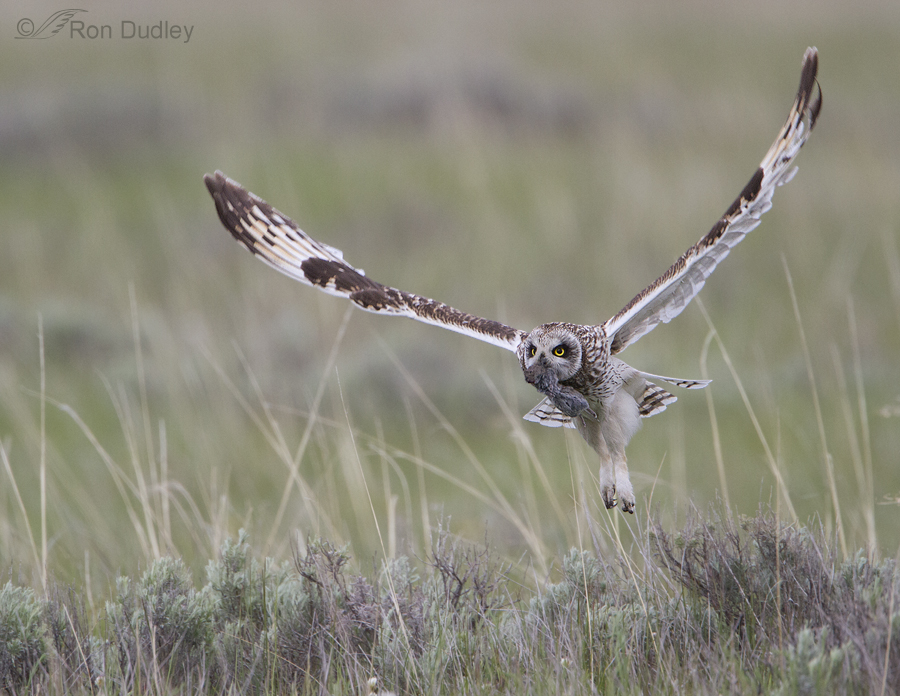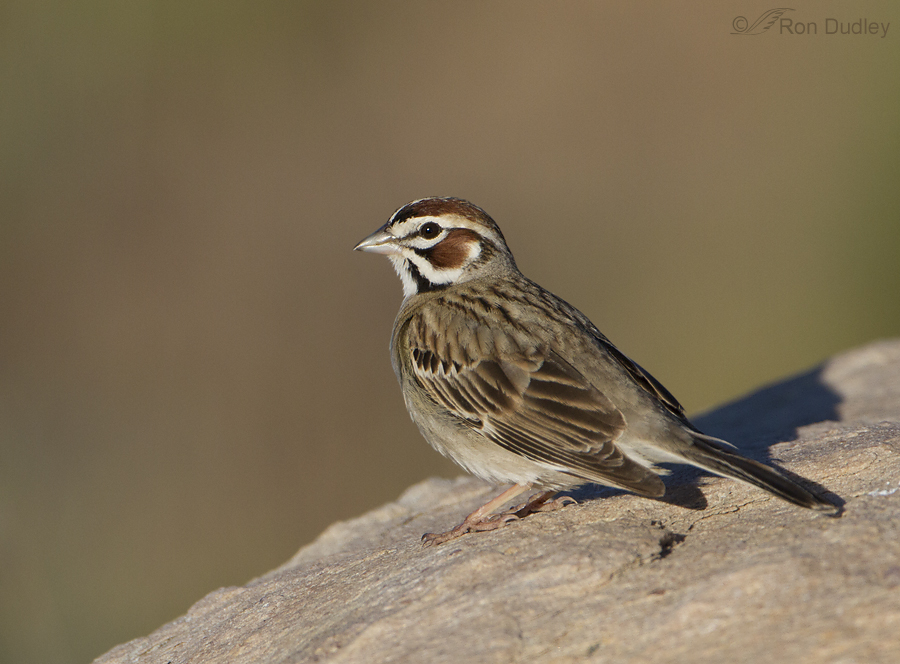Tag: habitat
House Wren – A World And A Hemisphere Record Holder
Loggerhead Shrike, With An Alternate Perspective On The Setting
Great Horned Owl In Phragmites
A Few Recent Great Blue Herons In Flight (+ a discussion of shutter speed)
The Elusive Wilson’s Snipe
Great Horned Owl In The Bear River Wetlands
Northern Flicker At The Nest Cavity (+ an Antelope Island fire update)
Long-billed Curlew On Sagebrush
Yet Another Reason Birds Need Appropriate Habitat
Juniper Titmouse (Yes, In A Juniper Tree)
Short-eared Owl Flight Sequence In Habitat
Short-eared Owl Carrying A Vole In Its Beak (for a change)
Lark Sparrow – Natural vs Unnatural Perches
Yellow-rumped Warbler
There’s no denying that songbirds tend to be short-shrifted on my blog. That wasn’t a conscious decision on my part but it’s sure the way things have turned out. This post is an initial effort to attempt rectify the situation. The pretty little Yellow-rumped Warbler is one of the most common warblers in North America so I thought this species was a good place to start. 1/1600, f/6.3, ISO 400, 500 f/4, 1.4 tc, natural light There are two sub-species of Yellow-rumped Warblers – Myrtle Warbler in eastern North America and Audubon’s Warbler of the western part of the continent. This is the Audubon’s subspecies, as identified by the yellow throat (white throat on Myrtle). Audubon’s and Myrtle were long considered to be separate species but when it was discovered that they hybridize in the Canadian Rockies they were combined into a single species. 1/1250, f/6.3, ISO 400, 500 f/4, 1.4 tc, natural light This pose shows off that distinctive yellow rump. These birds are often affectionately called “butter-butt” for obvious reasons. These first two “bird on a stick” images are rather sterile but they give a good look at the bird. 1/640, f/6.3, ISO 400, 500 f/4, 1.4 tc, natural light They’re much more often found buried deeply “in habitat” as you see here, which can make for a more cluttered setting but often has a more natural appeal. The preferred habitat of the Yellow-rumped Warbler is one of the most ecologically generalized of all warblers, which partially accounts for its broad range. During the nonbreeding season…


